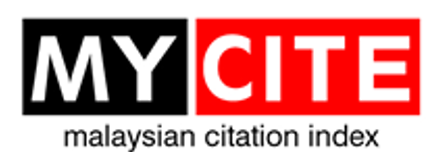Tourists’ Perceptions of Insects as the Determinants of Insect Conservation through Entomological Ecotourism
DOI:
https://doi.org/10.51200/jtbc.v17i.2650Keywords:
: entomological ecotourism, insect-human interaction, Personal Meaning of Insects Map, conservation, knowledge gaps.Abstract
Insects are commonly featured in recreation and tourism around the world, despite the generally negative public perception surrounding them. Many people enjoy watching butterflies in insectarium gardens, observing and collecting dragonflies, and admiring the light displays of fireflies. In many cases, activities like these are becoming increasingly popular and these positive interactions with insects encourage public appreciation of insects, but vary acuities in their forms and approaches. Thus, understanding the pattern of insect appearances in recreation and tourism activities in a variety of discernments can provide important insights into effective ways of promoting insect conservation through ecotourism, which is often overlooked in biodiversity conservation strategies. However, these types of interdisciplinary studies are relatively new and remain limited in both entomology and tourism sciences. A field survey was carried out at Kangkawat Research Station, Imbak Canyon Conservation Area, where a 1 kilometre entomological ecotourism trail was designed and developed to incorporate insects in enhancing ecotourism at the reserve. Insects that can be found along the 1 kilometre trail were recorded and the collection was conducted using baited traps and sweep netting. Based on the insects survey, the Shannon Diversity Index (H’) of Kangkawat is 4.60 while Simpson Index is 176.72 with Fisher Alpha Index at 313.3 that concludes Kangkawat Research Station insect richness to be the second highest after the Crocker Range.
In adressing the knowledge gaps between insect conservation and ecotourism, a survey on attitudes towards insects was designed and then completed by 384 tourists around Kota Kinabalu City. The standardized questionnaire known as the Personal Meaning of Insects Map (PMIM) was administered to tourists and their responses were elicited prior to and after observing insect photos. The results shows that “spider” had the 100% connectivity in response to the most detested insect based on their previous encounters with insects. This result shows that there is an existing entomology knowledge gap among the respondents, indicating the need for further interventions in terms of nature interpretation. Therefore a quality guided nature interpretation as an educational tool should take into account how the general public understands (or misunderstands) insects further and where interpretive information could be better applied if we are to develop management and educational tools that address human-insect encounters.
Downloads
Published
Versions
- 2020-10-16 (2)
- 2020-10-15 (1)
How to Cite
Issue
Section
License
BY: credit must be given to the creator.
NC: Only noncommercial uses of the work are permitted.
This journal provides open access to its content under CC BY-NC 4.0 on the principle that making research freely available to the public supports greater international collaboration and information exchange.












